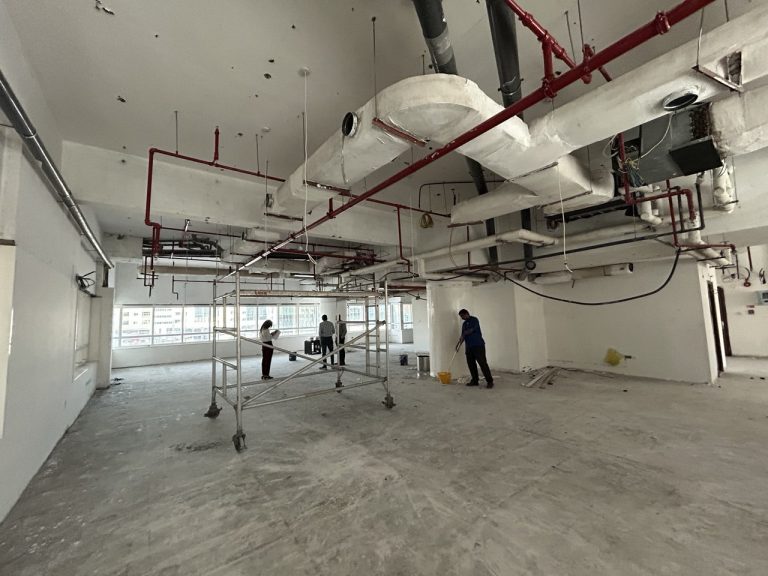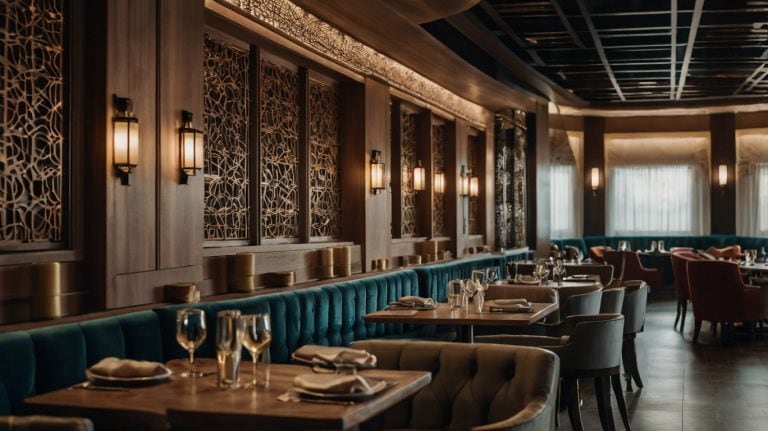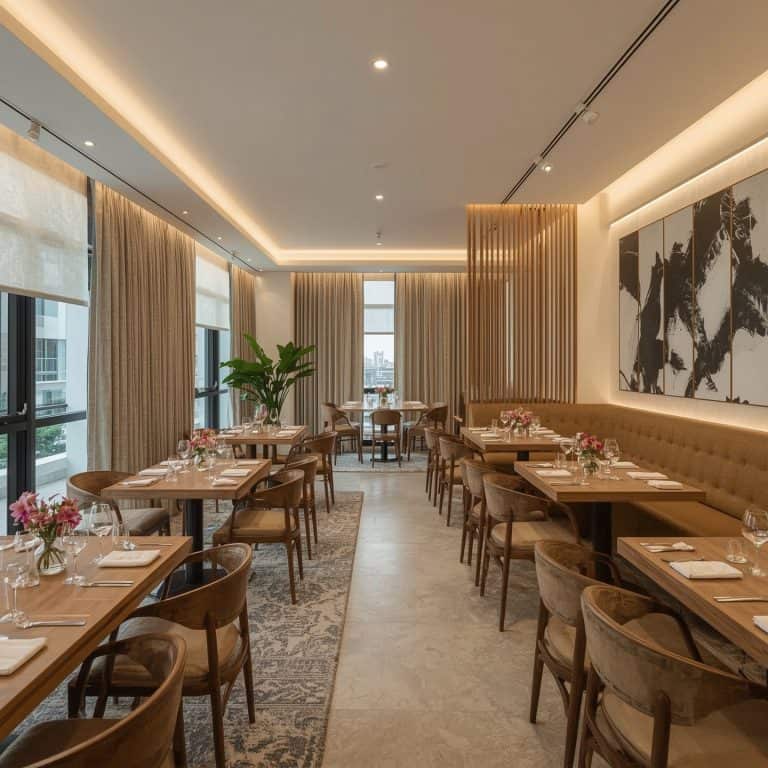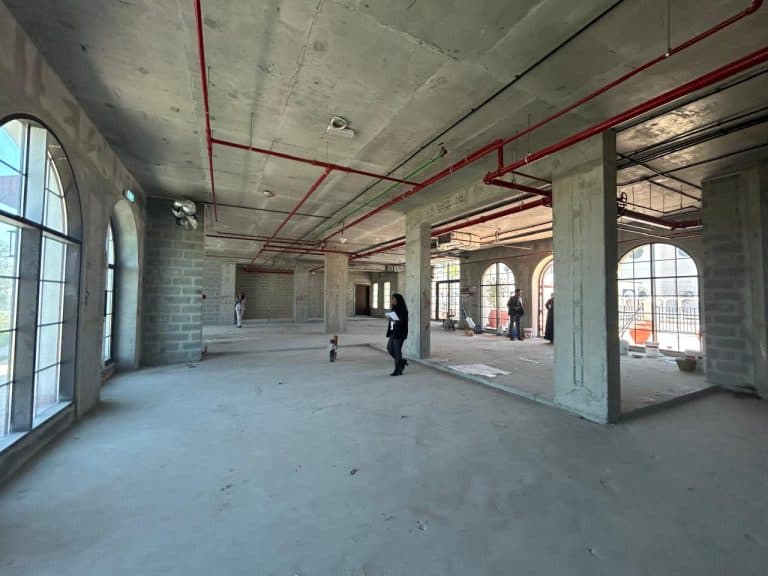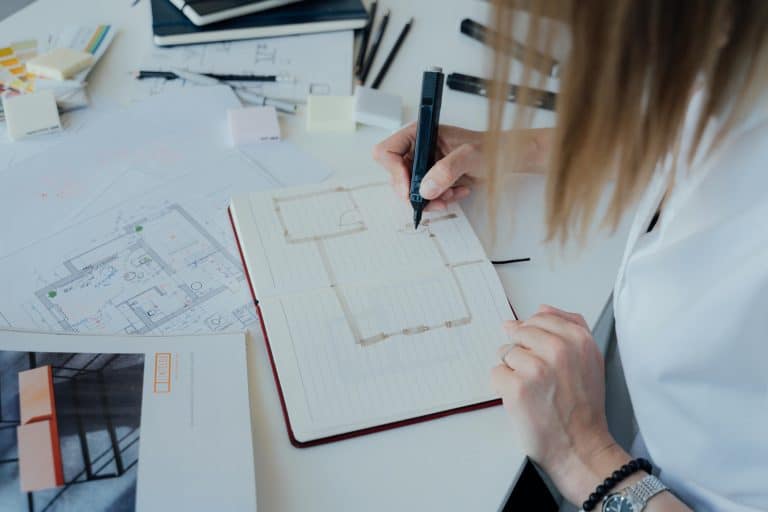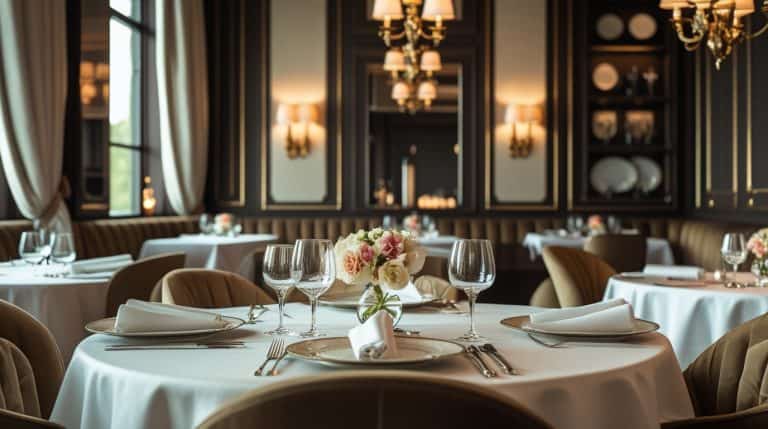Office Fitout in Dubai Guide: 9 Steps to an Inspiring Space

9-Step Office Fitout in Dubai: Your Complete Guide
Office fitout in Dubai can feel overwhelming, especially if you’re planning a new office space or upgrading your current workplace. You might be asking yourself: How do I design an office that looks professional, feels comfortable, and helps my team work more efficiently?
I recently worked with an organization in Dubai that wanted to refresh its outdated workspace. They weren’t sure where to start, but after discussing their goals, we developed a strategic office interior design plan that made the space feel open, modern, and aligned with their brand. After the fit-out, staff members felt more energized and reported that team collaboration had improved—even clients and visitors noticed the transformation.
Whether you’re expanding, moving, or simply giving your office a makeover, the right fitout solution can completely elevate your workplace. It’s not just about how the space looks—it’s about how it functions, how it supports your team, and the message it sends to your clients.
In this step-by-step guide, I’ll share simple strategies and the latest interior design trends in Dubai to help you build a fantastic, functional space—even if this is your first time. You’ll learn how to make smart choices that match your budget, brand, and goals.
Explore more expert tips and services at www.joanarapadas.com for transforming your office interior in Dubai..
What Are the Office Fitout in Dubai Guidelines, Ideas, and Trends?
Office fitout in Dubai, based on real experiences with businesses—from tech startups to regional headquarters—reveals specific strategies that consistently yield excellent results. The following steps will help you design and execute a fitout that looks impressive and works well for your team.
The Steps to a Successful Office Fitout in Dubai
Here’s a simple step-by-step process I often recommend. Each stage is designed to help you avoid delays, reduce costs, and create a space that reflects your brand and supports your daily operations.
1. Define Your Vision
Before anything else, be clear on what you want. Are you aiming for a minimalist design? Something luxurious? A casual, creative atmosphere?
For example, one company I worked with wanted their office to feel open and calming, so we used neutral colors, natural lighting, and green plants. Another wanted a bold, high-energy space, so we added bright accents and glass-walled meeting rooms.
Tip: Create a mood board with colors, furniture styles, and layouts that inspire you. Ask your team for input, too—they’ll be working there every day.
2. Plan the Layout Around How You Work
Consider how your team utilizes the space. Do they need quiet rooms for focus or open areas for collaboration? Maybe both?
I helped one organization that realized they were holding more virtual meetings than ever. We added extra small meeting pods with soundproofing—simple, effective, and greatly appreciated by the staff.
Tip: Consider how people move, where they gather, and what equipment they use on a daily basis. Then, design around those needs.
3. Use Durable Materials and Smart Technology
Dubai’s climate and work culture make it essential to choose long-lasting, easy-to-clean materials. It’s also an excellent opportunity to incorporate innovative features, such as automatic lighting or temperature control.
In one office, I worked on installing motion-sensor lights and energy-efficient cooling systems. Not only did the space feel more modern, but the company also reduced its energy bill.
Tip: Choose materials that can handle daily wear and tear, especially for flooring, desks, and high-touch surfaces.
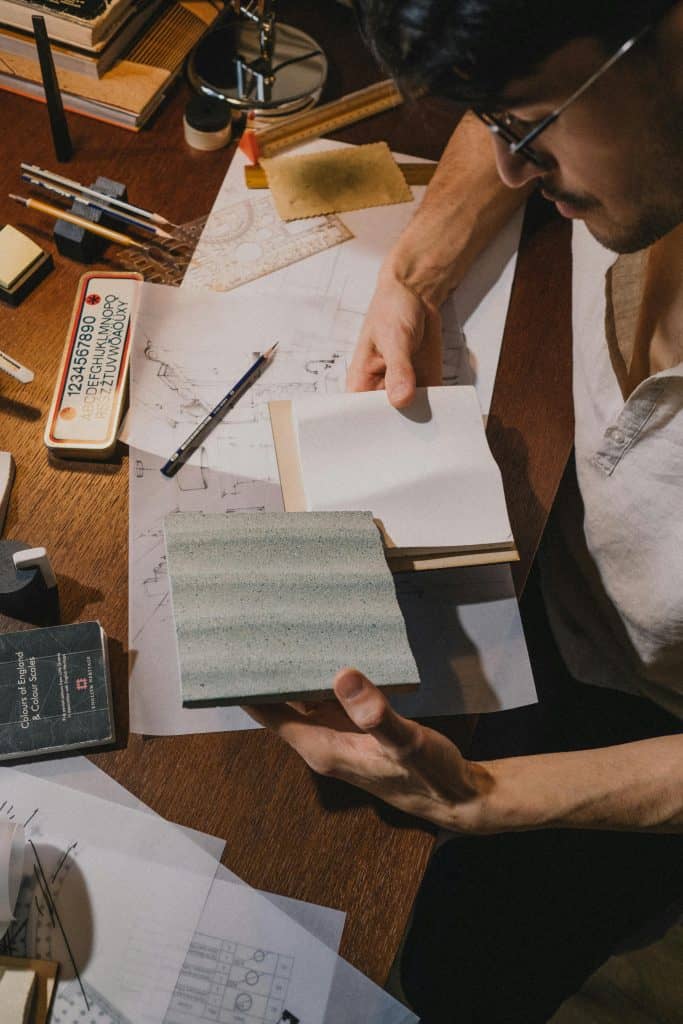
4. Understand Dubai’s Fitout Rules
Before you begin building, ensure that all aspects comply with the regulations of Dubai Municipality and the Civil Defense. This includes safety systems, ceiling heights, ventilation, and other relevant factors.
I’ve seen companies face delays because their contractor didn’t submit the proper approvals. Others who hired experienced fitout professionals had smooth approvals and finished on time.
Tip: Always verify that your fitout contractor is familiar with the legal process and can manage all necessary permits and inspections.
5. Choose the Right Fitout Partner
The success of your project often depends on the quality of the people you hire. Look for a company that has completed similar projects, communicates effectively, and can provide real examples of past work.
A company I consulted with chose a contractor with local experience and strong project management skills. The job finished early and came in under budget—no stress, no surprises.
Tip: Ask for references, visit completed projects, and ensure your contractor clearly explains timelines and budgets.
6. Prioritize Ergonomics for Health and Comfort
A stylish office means little if it’s uncomfortable to work in. Prioritizing ergonomics—such as adjustable chairs, standing desks, and proper monitor heights—helps reduce fatigue and supports long-term wellness.
In one client office, we redesigned the space, replacing old fixed chairs with ergonomic seating and adding footrests. Staff reported less back pain and improved focus within just a few weeks.
Tip: Invest in quality office chairs, monitor risers, and desk setups that support posture and mobility.
7. Create Multi-Use Spaces
Modern offices thrive on flexibility, rather than dedicating rooms to a single purpose, design areas that can be easily adapted for meetings, casual catch-ups, or focused work.
One organization we worked with installed foldable partitions and stackable furniture in their breakout area. It could be a chill zone in the morning and a presentation space in the afternoon.
Tip: Utilize modular furniture and clever storage solutions to easily switch between functions.
8. Bring Nature Indoors with Biophilic Design
Adding natural elements to your office, known as biophilic design, can help reduce stress, boost focus, and make the space feel more welcoming. Simple touches, such as indoor plants, water features, wood textures, or even a green wall, can make a significant impact.
In one office fitout, we installed a vertical garden in the reception area. It quickly became a favorite spot for photos, instantly giving the space a fresh and relaxing vibe.
Tip: You don’t need to go big—even a few potted plants, natural light, or wood accents can uplift the environment without stretching your budget.
9. Design for Visitors and Clients Too
First impressions matter. Don’t just focus on employee zones—design your reception area, meeting rooms, and waiting areas with clients and visitors in mind.
We once helped a Dubai-based firm create a lounge-style waiting area with sleek seating, branded displays, and refreshment stations. Their clients were impressed even before meetings began.
Tip: Use branding, lighting, and comfortable seating to create a welcoming and professional atmosphere.
What Is an Office Fitout in Dubai?
An office interior fitout is the process of turning an empty or outdated space into a functional, comfortable, and visually appealing workspace. It includes everything from installing partitions, flooring, and ceilings to setting up lighting, furniture, and essential systems, such as air conditioning, internet connectivity, and fire safety.
In Dubai, office fit-outs also require close coordination with building management and strict adherence to local regulations, including approvals from Dubai Municipality and the Civil Defense.
That’s why it’s essential to plan carefully and work with a fitout team that understands the local requirements to avoid delays or costly mistakes.
How Can an Office Fitout Benefit You?
- Better Productivity: When a workspace is organized and comfortable, people focus more and feel better at work.
- Stronger Brand Image: Visitors form quick impressions—your office should reflect your professionalism and style.
- More Efficient Use of Space: A well-designed layout can help you maximize the use of your current space without feeling crowded.
- Lower Running Costs: Energy-efficient lights, improved insulation, and modern systems all contribute to saving money in the long run.
- Legal Peace of Mind: Adhering to local fit-out regulations helps avoid costly delays and penalties.
Conclusion: Why Your Office Fitout in Dubai Matters
An office interior fitout is more than just a design upgrade—it’s an investment in your team’s productivity, your company’s image, and the overall success of your business. A thoughtfully planned workspace encourages better focus, collaboration, and comfort while also leaving a strong impression on clients and partners.
Whether you’re setting up a new office or giving your current space a fresh look, the steps in this guide will help you make informed decisions, avoid costly errors, and create a space that truly works for your team and your goals.
When the time comes, partner with professionals who understand Dubai’s fitout regulations, local design trends, and business culture. When you choose the right experts, your office fitout can be smooth, cost-effective, and a perfect reflection of your brand.
Frequently Asked Questions
How long does an office fitout take in Dubai?
It depends on the size and complexity of the project. Most fit-outs take between 6 to 12 weeks from design to handover.
How much does an office interior fitout cost in Dubai?
Prices vary widely. On average, expect AED 300–1,500 per square meter. The cost depends on materials, size, tech, and level of customization.
Do I need government approval for office fitouts in Dubai?
Yes. You typically require approval from Dubai Municipality, the Civil Defense, and occasionally the building’s management.
Can I renovate a rented office?
Yes, but you’ll need written permission from the landlord and building management before starting work.
What’s the difference between shell and core vs. fitted offices?
A shell and core office is unfinished—it needs everything from floors to lighting. A fitted office already has the basics, such as walls, ceilings, and air conditioning.

